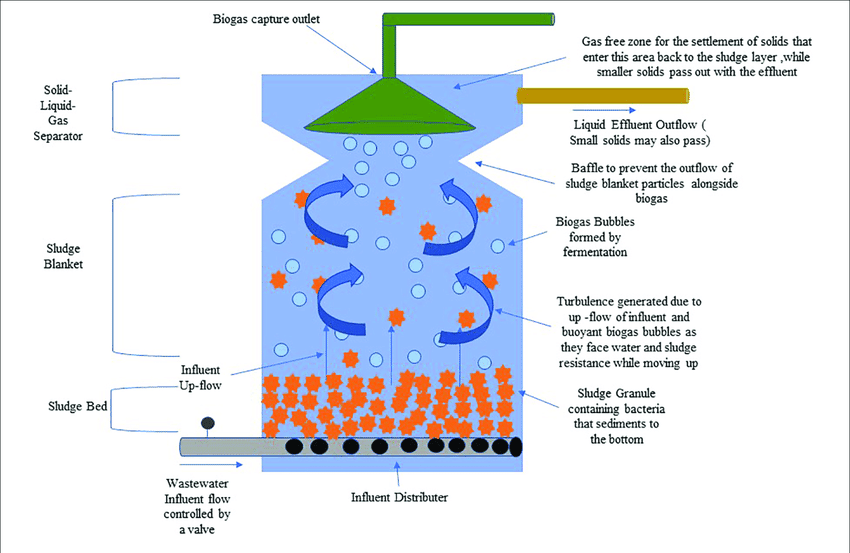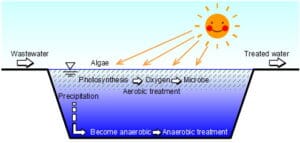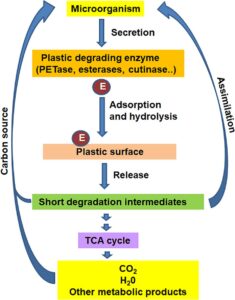Upflow Anaerobic Sludge Blanket (UASB) Reactor: An Efficient Bioreactor
The Upflow Anaerobic Sludge Blanket (UASB) reactor is a widely used anaerobic bioreactor for wastewater treatment. It is highly efficient due to its ability to treat high-strength wastewater, recover energy in the form of biogas, and operate with minimal energy input.

Why UASB is an Efficient Bioreactor
- High Treatment Efficiency:
- Utilizes a dense microbial sludge blanket with a high concentration of anaerobic microorganisms for efficient organic matter degradation.
- Treats high-strength wastewater with high BOD and COD levels.
- Energy Recovery:
- Produces biogas (methane and carbon dioxide) as a by-product, which can be used as a renewable energy source.
- Low Energy Requirement:
- Operates without the need for external aeration, significantly reducing energy costs.
- Compact Design:
- Does not require a large land area compared to other treatment systems.
- Allows for scalability and retrofitting in existing facilities.
- Minimal Sludge Production:
- Generates less sludge compared to aerobic processes, reducing sludge disposal costs.
- Versatility:
- Handles a wide range of wastewater types, including municipal, industrial, and agricultural wastewater.
How UASB Works
- Influent Distribution:
- Wastewater enters the reactor from the bottom and flows upward.
- Even distribution of influent ensures contact with the sludge blanket.
- Sludge Blanket:
- The dense microbial sludge blanket degrades organic matter anaerobically.
- Microbial granules provide a large surface area for biodegradation.
- Biogas Production:
- During anaerobic digestion, organic matter is converted into methane (CH₄) and carbon dioxide (CO₂).
- Biogas rises through the reactor and is collected at the top.
- Three-Phase Separator:
- Separates solids, liquid, and gas phases.
- Ensures sludge granules are retained within the reactor, while treated water exits.
- Effluent Discharge:
- Treated water flows out from the top of the reactor.
- May require further polishing in secondary treatment units.
Sketch of UASB Reactor
Here’s a textual description for creating the sketch:
- Structure:
- A tall cylindrical or rectangular tank with an upward flow of wastewater.
- Bottom: Influent distribution system.
- Middle: Sludge blanket zone containing microbial granules.
- Top: Three-phase separator (gas, liquid, and solids).
- Key Features:
- Inlet: Located at the bottom for influent entry.
- Sludge Blanket: Dense microbial layer for anaerobic digestion.
- Gas Outlet: Located at the top for biogas collection.
- Effluent Outlet: For treated water discharge.
Applications
- Municipal Wastewater: Efficient in treating sewage with high organic loads.
- Industrial Effluents: Treats high-strength waste from breweries, dairies, distilleries, and food processing units.
- Agricultural Wastewater: Handles manure and other organic agricultural waste.
The UASB reactor’s high efficiency, energy recovery capability, and low operating costs make it an attractive choice for sustainable wastewater treatment.











